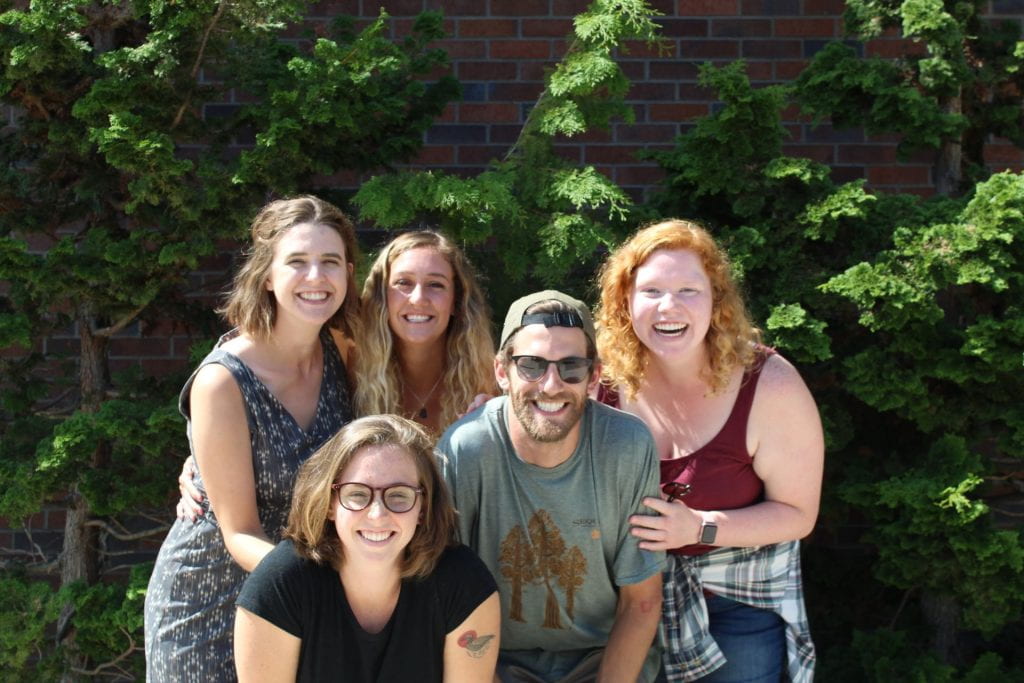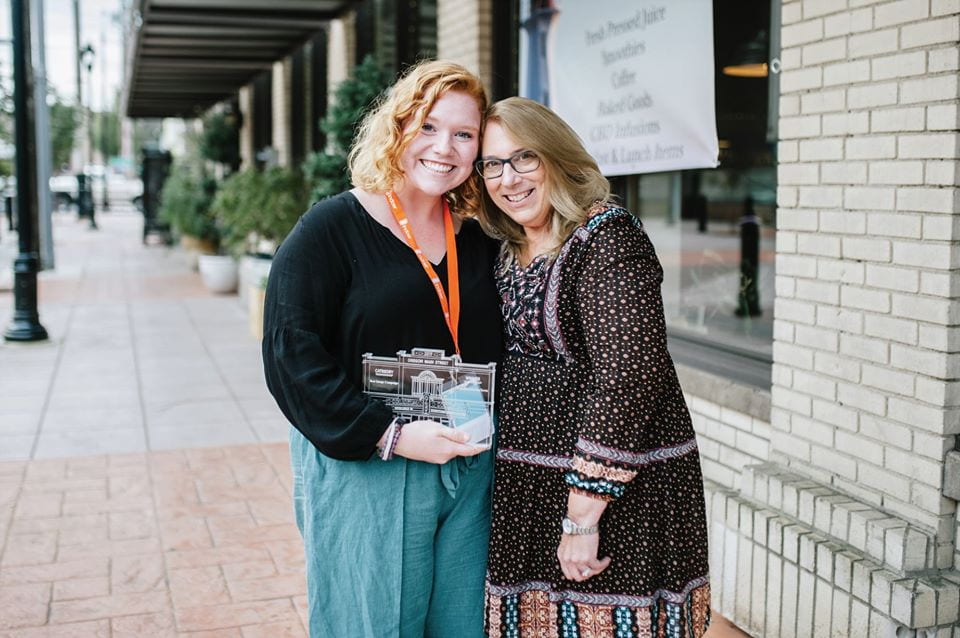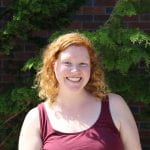By Emily Bradley, Lower Umpqua Destination Development and Marketing Coordinator, City of Reedsport
Making a lasting impact in the community is the entire goal of the RARE Program, from the furthest corners of Wallowa Lake in Eastern Oregon to the western-most point in the continental U.S., which just so happens to be on Oregon’s Coast. On the largest and smallest of scales, within each organization, city, county, region, the entire state, the purpose of the program is the same.

Community Impact
We hear this phrase “community impact” so much as RARE participants that by the time it’s four months into the term of service, the phrase almost loses its meaning. (And here I am four months into my second term of service.) This blog post feels like a good time to reflect and remember that the phrase “community impact” is anything but meaningless, especially as my time with the RARE Program is going to come to a close sooner than later. The biggest thing I was reminded of when diving back into this phrase “community impact” and what it means for this chapter of my life is that it went beyond just my placement in the RARE Program and the work I’ve been doing in the community I’ve been living and serving in for the past year and a half. RARE Program had an impact on my personal community I’ve been able to cultivate in the state of Oregon, and that is what I’ll be leaving with then I walk away from RARE on July 31.
There’s nobody who knows what you’re experiencing in your placement quite like the other 30+ people in the cohort diving into the same overwhelming storm that is drinking from a community development firehouse. There have been major highs – like my placement organization getting awarded a grant I wrote for $165,000 as part of a $200,000 project – and some surprising lows – like my supervisor leaving less than halfway through my second term of service. Through all of the highs and lows, nobody supported me and cheered me on more than the people in the RARE cohort. I met one of the best friends I’ve ever had through RARE, who ended up in a placement just 25 miles from mine. We’ve talked easily every day since our terms started in September of 2018 and it’s strange when we see each other less than twice per week. She’s brought me home to her family in Seattle for holidays as well as for not holidays, we do Sunday dinner together every week, she’s the first person I call when something great happens or when I’m about to have a meltdown. I’ve said it before and I can still confidently say that I would not have done a second year of RARE if she had not also done a second year. I’ve gained a lot of valuable experience and resume boosters in my time in RARE, but none of that compares to the relationships I’ll be walking away with. Community is vital when having any kind of community impact, and RARE solidified that for me.

 About the author, Emily Bradley: Emily is originally from Michigan’s Metro-Detroit area and moved to Oregon in 2018 to serve in the RARE Program with the City of Reedsport. Currently in her second year with the RARE Program, Emily first served as the coordinator for the Reedsport Main Street Program and now is serving both the City of Reedsport and the Reedsport/Winchester Bay Chamber of Commerce. Emily has a Bachelor’s Degree in Communication and Information Science from the University of Alabama where she studied Public Relations, Communication Studies, Spanish, and Global Studies. In the future, Emily plans to earn her Master’s and PhD to conduct research and teach as a professor.
About the author, Emily Bradley: Emily is originally from Michigan’s Metro-Detroit area and moved to Oregon in 2018 to serve in the RARE Program with the City of Reedsport. Currently in her second year with the RARE Program, Emily first served as the coordinator for the Reedsport Main Street Program and now is serving both the City of Reedsport and the Reedsport/Winchester Bay Chamber of Commerce. Emily has a Bachelor’s Degree in Communication and Information Science from the University of Alabama where she studied Public Relations, Communication Studies, Spanish, and Global Studies. In the future, Emily plans to earn her Master’s and PhD to conduct research and teach as a professor.
Rural Oregon needs you now more than ever. Does community development work interest you? Are you looking for a life changing experience in rural Oregon? Learn more about serving with the RARE AmeriCorps Program via our website.

